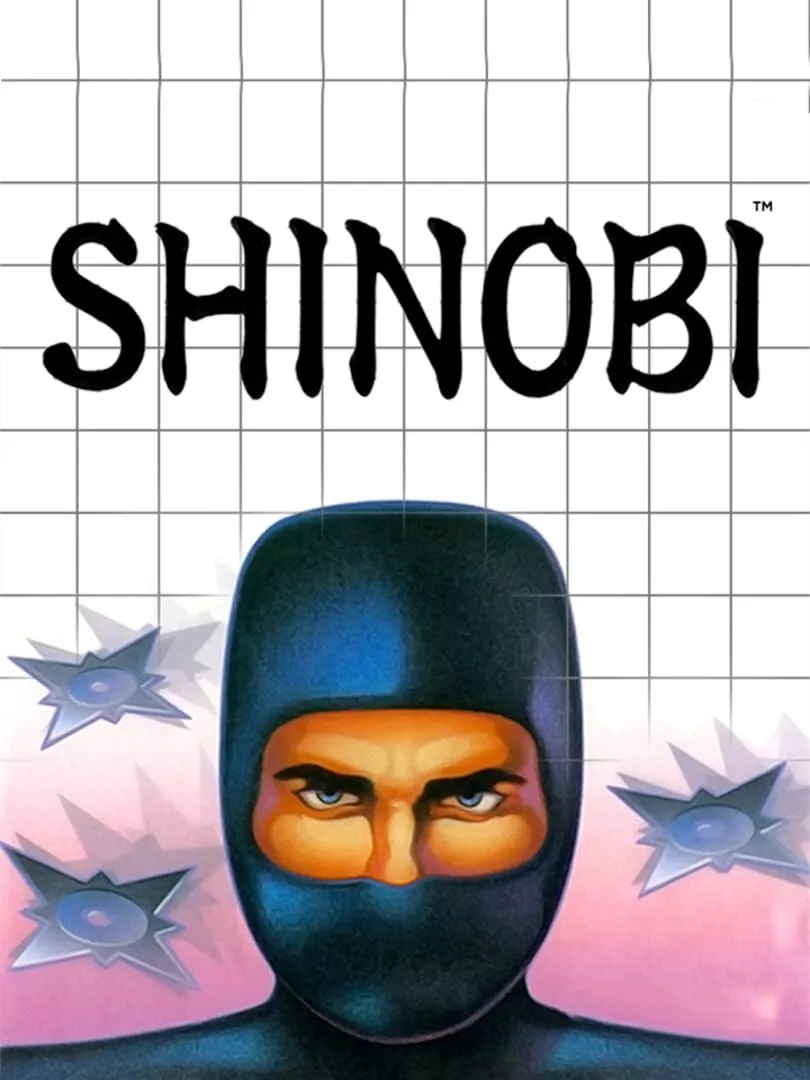
Shinobi, a highly popular arcade game developed by Tiger Electronics, made its mark in the gaming industry during the late '80s. Known for its fast-paced action and ninja-themed gameplay, Shinobi became a household name among gaming enthusiasts. To reach a wider audience, Tiger Electronics released an LCD version of the game called ShinobiE. However, this adaptation presented a watered-down experience compared to the original arcade version.
ShinobiE featured a simplified gameplay experience due to the limitations of LCD technology at the time. The game design shifted from side-scrolling action to a static screen where the player controlled the main character, Joe Musashi. Instead of freely navigating through levels, the LCD version had predetermined areas where Joe faced off against enemies.
The graphics in ShinobiE were significantly scaled down from the vibrant visuals seen in the original arcade game. The LCD screen could only display basic black segments that represented the characters and the environment. Despite the limitations, Tiger Electronics attempted to capture the essence of Shinobi by incorporating recognizable elements into the LCD version.
In ShinobiE, players were tasked with rescuing hostages held captive by various enemy types, including ninjas and gun-wielding adversaries. The game consisted of multiple stages, each progressively more challenging than the last. Joe Musashi had access to a limited number of shurikens and had to strategically use them to defeat enemies and progress through the levels.
One of the notable differences between the LCD version and the arcade game was the absence of diverse enemy attack patterns. In ShinobiE, enemies followed predictable movements and attacks, making the gameplay more predictable and less dynamic compared to the original game. Additionally, the LCD version lacked boss battles, which were a significant highlight of the arcade experience.
Despite these limitations, the LCD adaptation of Shinobi still managed to provide an enjoyable gameplay experience for fans who couldn't access the arcade version. The simplistic visuals and gameplay mechanics suited the portable nature of handheld LCD games, allowing players to engage in Shinobi's world on the go.
ShinobiE may not have replicated the arcade experience flawlessly, but it successfully captured the essence of the original game within the constraints of LCD technology. The simplified gameplay, along with the familiar ninja theme and character, ensured that players could still enjoy their favorite franchise in a portable format.
Over the years, technology has advanced, and the limitations of LCD screens have been overcome. Today, gamers can access Shinobi in various forms such as remastered versions, virtual console releases, and emulated arcade games. However, for those nostalgic about the early days of handheld gaming, ShinobiE remains an important piece of gaming history.
In conclusion, ShinobiE, the LCD version of Shinobi created by Tiger Electronics, offered a watered-down experience compared to the iconic arcade game. The adaptation's simplified gameplay and visuals were the product of the limitations of LCD technology. While it may not have replicated the thrill of the arcade, ShinobiE provided an enjoyable portable experience for fans of the franchise. Despite its shortcomings, ShinobiE remains a significant part of gaming history, reminding players of the early days of handheld gaming.